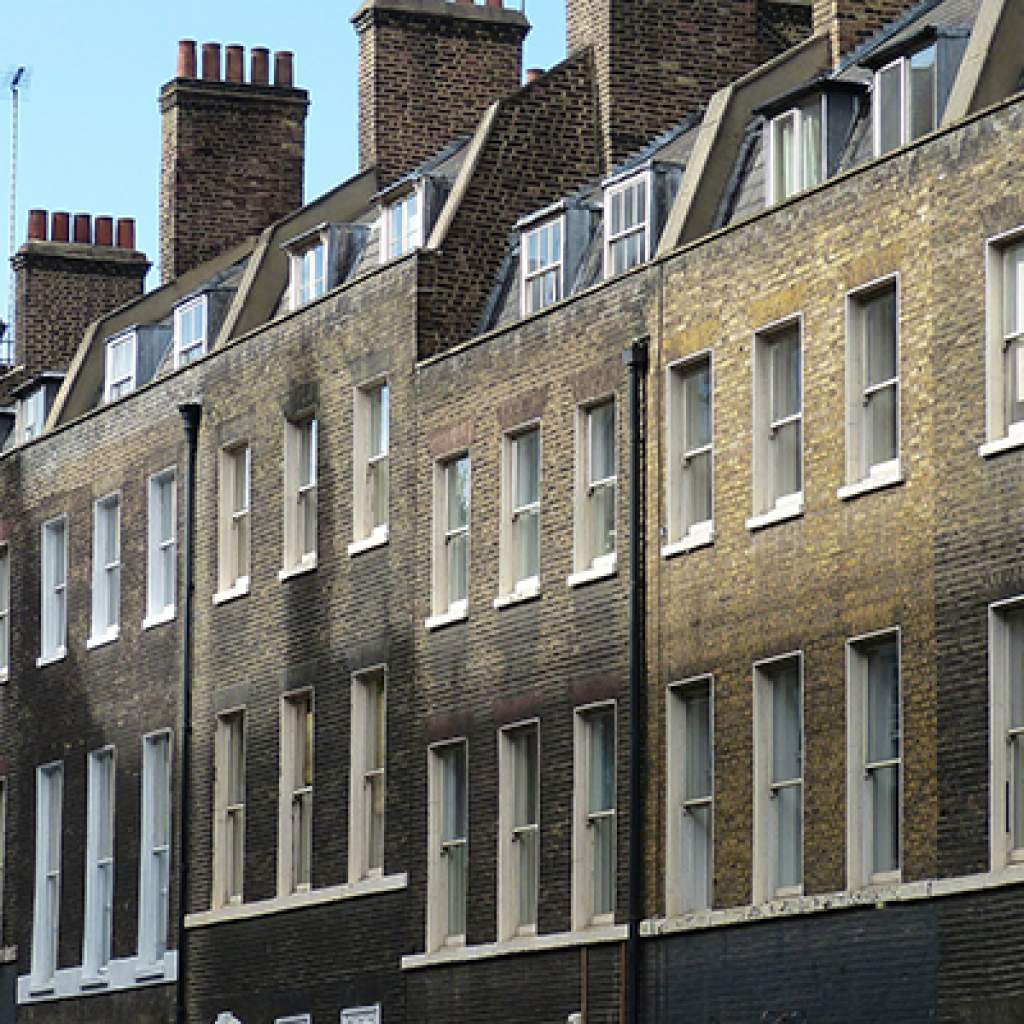- Demand is at the lowest it’s been in a year
- Nearly two thirds (63%) of NAEA member agents have seen the housing market cooling in the run up to the General Election
- Less than a quarter (22%) of total house sales were made to FTBs, the lowest since July 2014
- NAEA releases March Housing Market Report
Demand for property is at the lowest level it has been in a year, according to the National Association of Estate Agents (NAEA) March Housing Market Report.
The report found that ahead of the General Election, demand is at the lowest it’s been since March last year, with just 343 house hunters registered per branch, compared to 366 in February, and 406 in September 2014, when demand was at its highest.
As housing policies have dominated all three main parties’ manifestos, almost two thirds (63%) of NAEA member estate agents believe house-hunters are holding off to see what May 7th holds.
The FTBs problem
It is no surprise first time buyers (FTBs) are so high on the political agenda as less than a quarter (22%) of total sales were made to FTBs in March – down eight percentage points (30%) from February. NAEA member agents are concerned about supply and demand for the group; just under half (48%) of NAEA agents favoured the Conservatives’ pledge to build 200,000 new starter homes, arguing that this initiative will be the most beneficial for the first time buyer housing market. However, only six per cent back Labour’s promises to boost house building rates to 200,000 a year by 2020. However, a third of NAEA member agents (31%) do not believe that any of the proposed policies will be enough to straighten the market out.
Mark Hayward, Managing Director, National Association of Estate Agents (NAEA) said: “We would always expect to see an event as monumental as a General Election having an impact on the property market. But what makes this election so interesting is that no one knows what the result will be. And with housing policies featuring so prominently in all three main parties’ manifestos, buyers in particular are holding off to see what will happen. The outcome of the election will impact first, second, third and last time buyers.”
Supply and demand
While demand is down to 343 house hunters registered per branch in March, supply is up 12 per cent, from 43 to 48 houses available per NAEA member branch, as houses stay on the market for longer with nervous buyers. Demand still hugely outstrips supply, so a fall in demand does not affect the number of sales. March saw an increase in the amount of sales agreed per branch, with 10 sales going through, compared to eight in February.
Mark Hayward continued: “We may have seen a slight increase in supply this month, but it is not an ongoing trend or a big enough jump to fill the gap for demand. It’s encouraging to see all parties actively proposing plans to regulate supply and demand. However, the policies in place are unlikely to be enough to rectify the crippling situation we’re in. It’s all very well proposing to build 200,000 houses, but planning law, lack of infrastructure and available labour can make this process so lengthy that it may be ten or twenty years until we see this, by which time demand will be greater. Although our agents have seen the market cooling off ahead of the General Election, it will inevitably bounce back again at a rapid rate after May 7th, so it is more important than ever that the party elected focuses on increasing the supply of homes.”




















